Pond Life Plenty of Protists

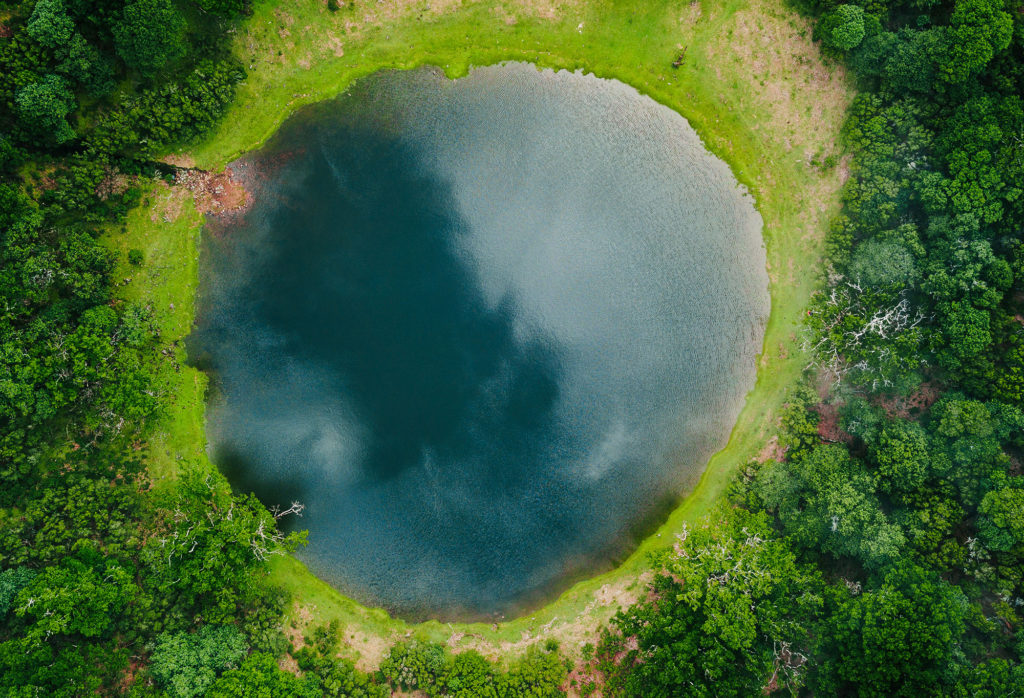
Pond Life Outcomes
-
Write the general process of photosynthesis and provide example of photosynthetic pond organisms.
-
Provide examples of pond consumers, both microscopic and macroscopic.
-
Describe how energy flows and nutrients cycle in a pond food web.
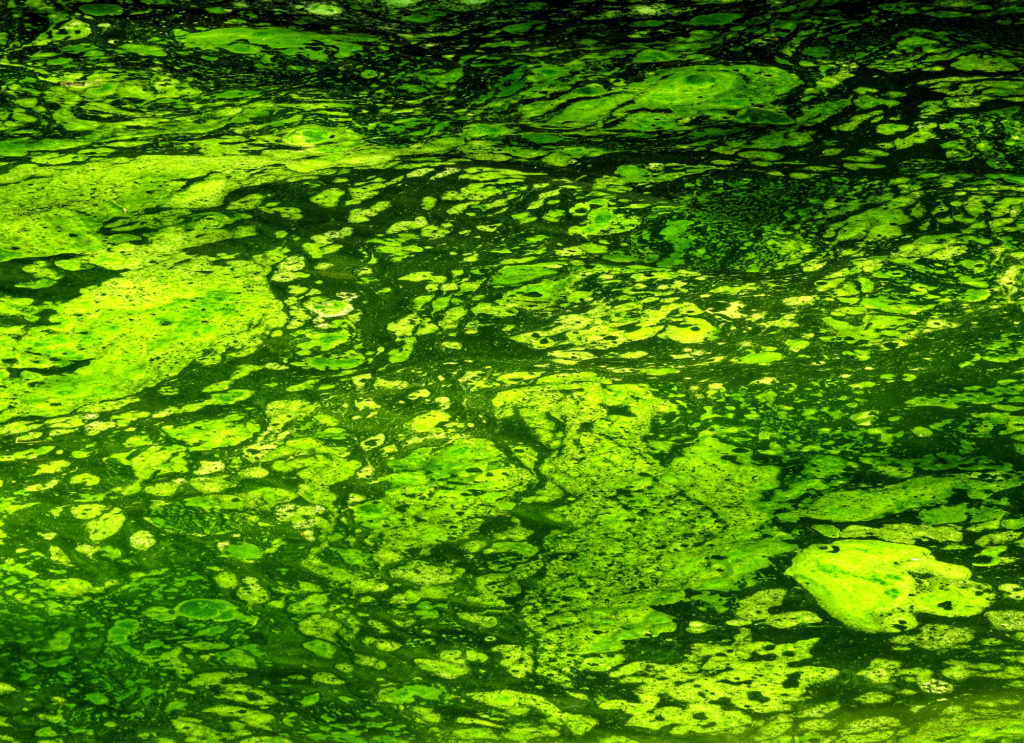
Ponds are typically very productive, meaning there are many producers, including algae and plants. Producers carry out the process of photosynthesis.
Photosynthesis is the combination of carbon dioxide and water in the presence of sunlight energy, producing oxygen and energy-rich sugars. Only producers carry out this process.
Respiration is the opposite reaction: using sugars and oxygen and producing carbon dioxide, water, and energy. All organisms carry out some form of this process.
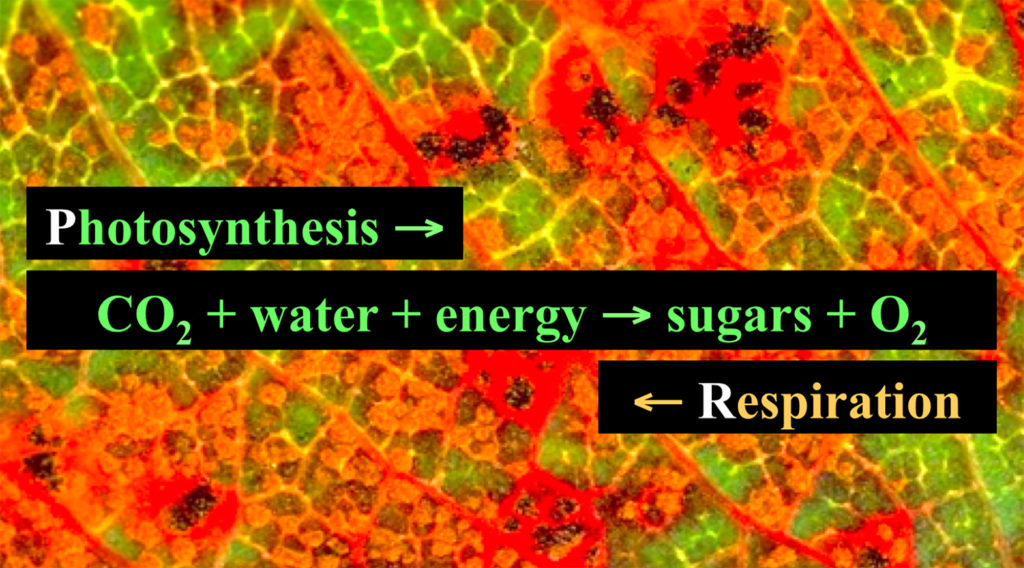
These are common microscopic pond producers that you are likely to find in lab this week.
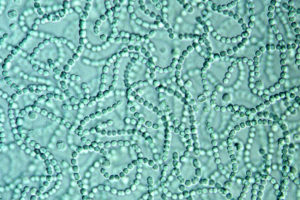
Cyanobacteria
Photosynthetic bacteria can also extract nitrogen from water.
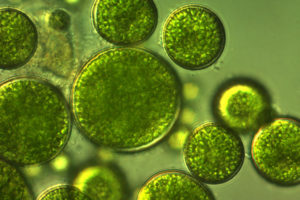
Algae
Single-celled and colonial (groups of single cells) protists.
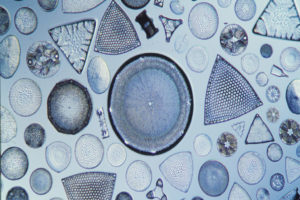
Diatoms
Single-celled protists that produce a symmetrical silica-rich covering that survives after the organism dies.
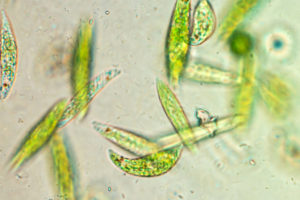
Euglena
Single-celled photosynthetic protists that use a whip-like structure to move through the water.
These are larger pond producers; plants with different strategies for obtaining sunlight.
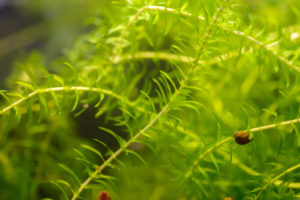
Elodea
Some pond plants are completely submerged like this Elodea.
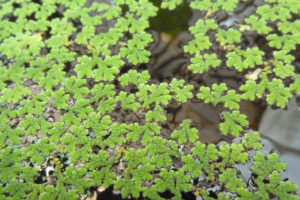
Azolla
Some plants float on the water surface.
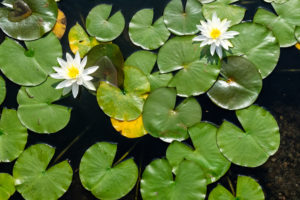
Water Lily
Some plants root into the pond sediment and produce leaves that reach the water surface.
Here are a few examples of common microscopic pond consumers you may find in lab this week.
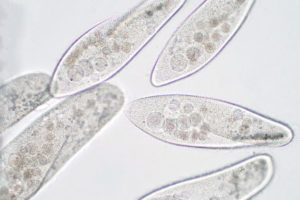
Paramecium
Protists that use tiny hair-like cilia to move through the water, eating smaller protists.
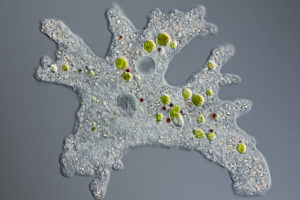
Amoeba
Single-celled protist that wraps its membrane around its food and crawls along surfaces.
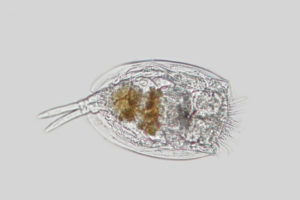
Rotifers
Microscopic animal consumers that rotate through the water.
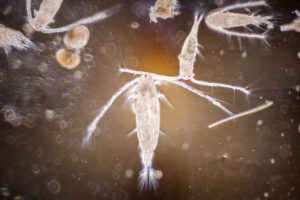
Copepods
Microscopic to macroscopic crustaceans with jointed legs and antennae.
Here are a few commonly observed macroscopic (but still small) pond consumers.
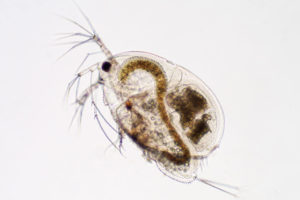
Daphnia
Small animals that are transparent so you can sometimes see internal organs, including what they have eaten.
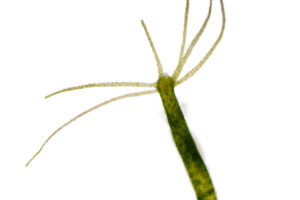
Hydra
Distant relatives of jellyfish, these animals also catch their food with tentacles.
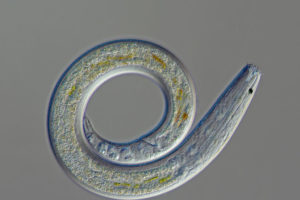
Nematodes
Small worms that consume a variety of foods and can move in a whip-like manner.
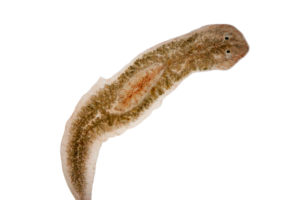
Planaria
Small flatworm scavengers that creep along surfaces.
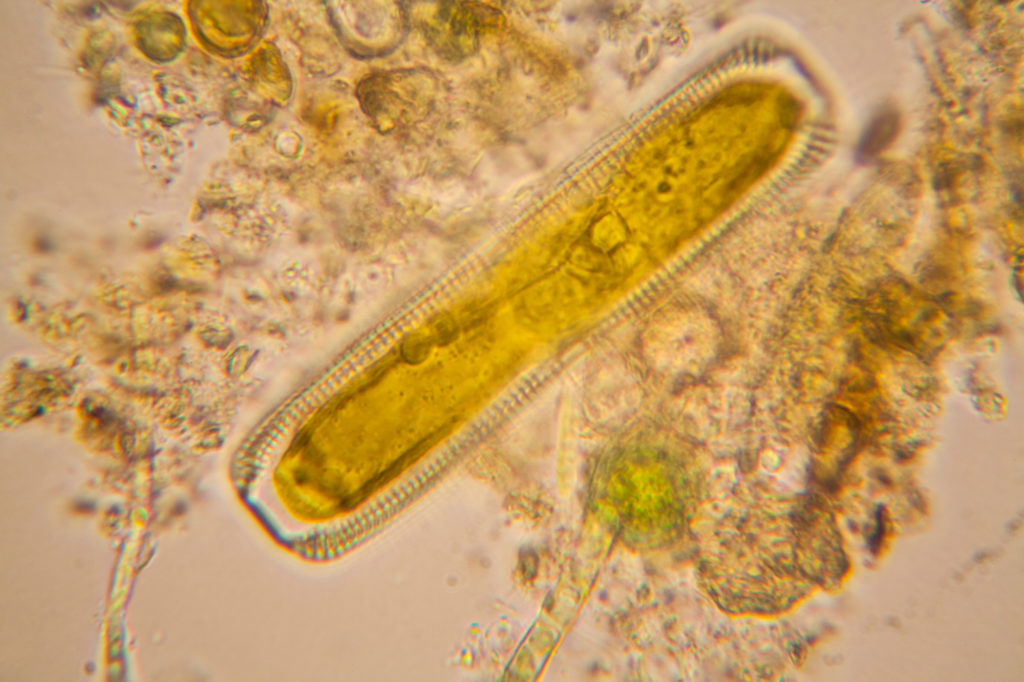
A food web would not be complete without decomposers. In aquatic ecosystems, bacteria are the primary decomposers.
In the middle of this photo is a single photosynthetic diatom. The smaller brownish material around it may be bacteria, they are more difficult to identify.
Sunlight energy continually enters a pond wood web, and is converted by photosynthetic producers into energy-rich sugars. Consumers convert that sugar energy into heat that is lost from the system.
Decomposers enable nutrients from dead organisms to re-enter the food web\’s producers, cycling repeatedly over time.
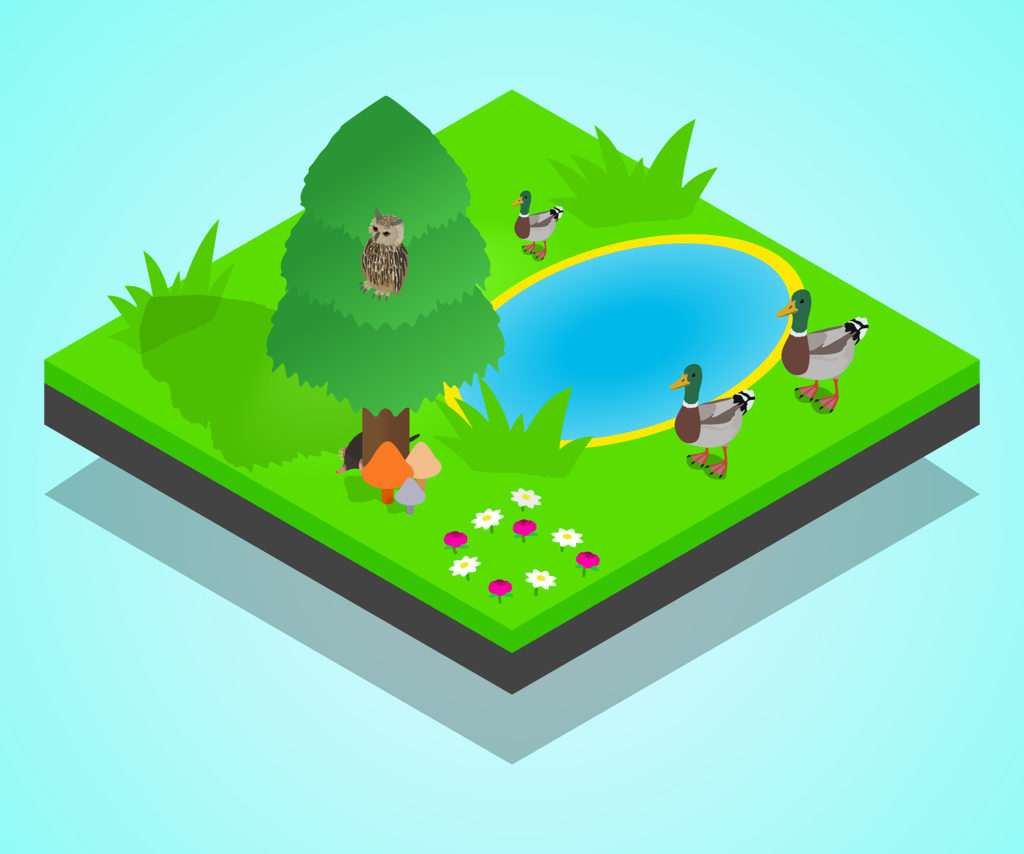
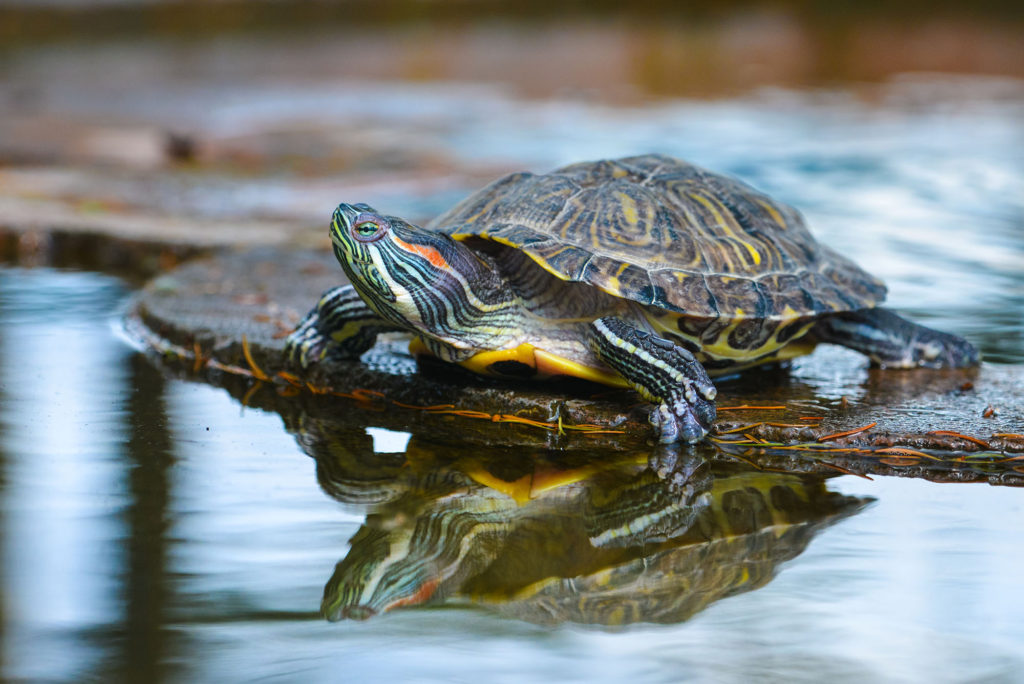
Check your knowledge. Can you:
-
write the general process of photosynthesis and provide example of photosynthetic pond organisms?
-
provide examples of pond consumers, both microscopic and macroscopic?
-
describe how energy flows and nutrients cycle in a pond food web?